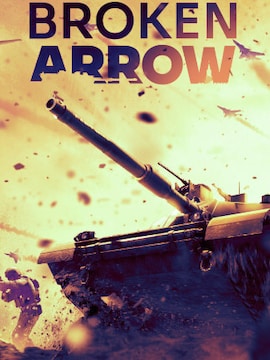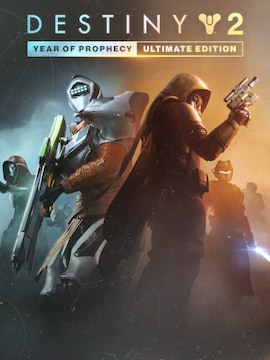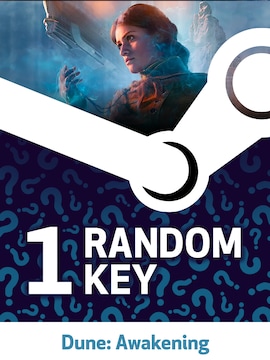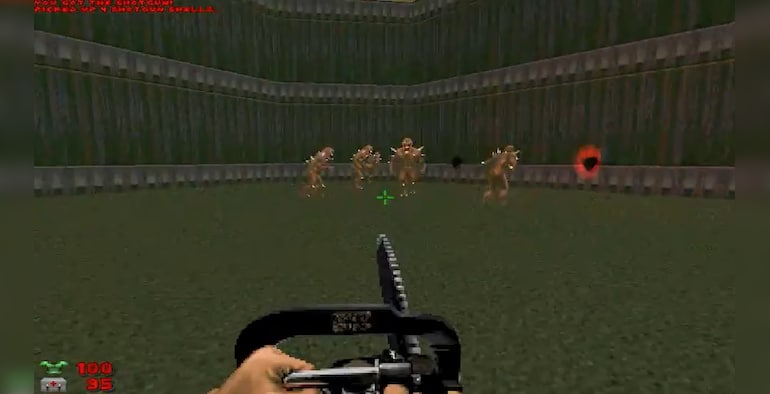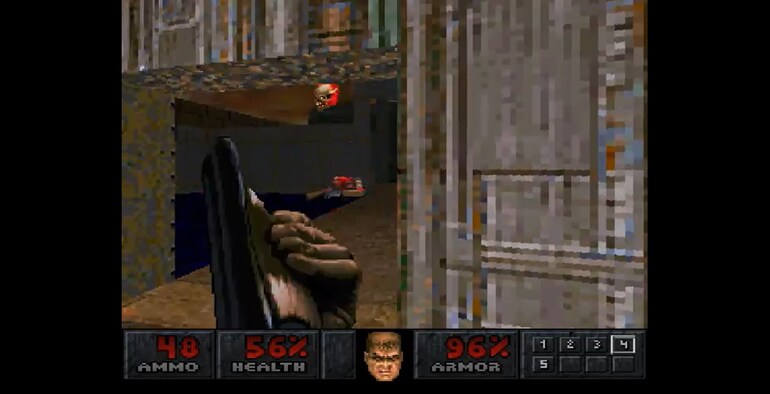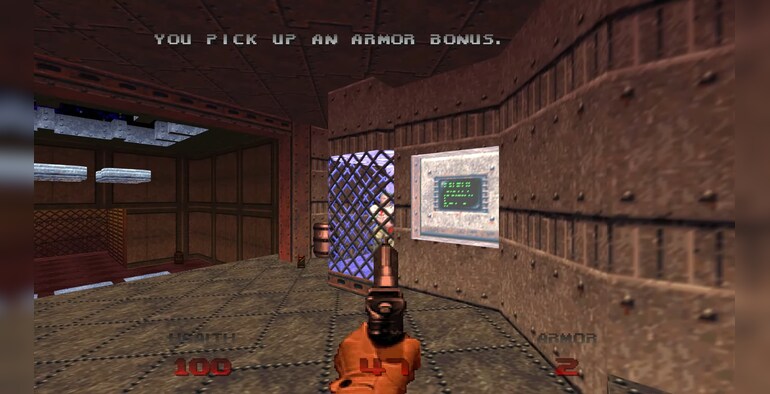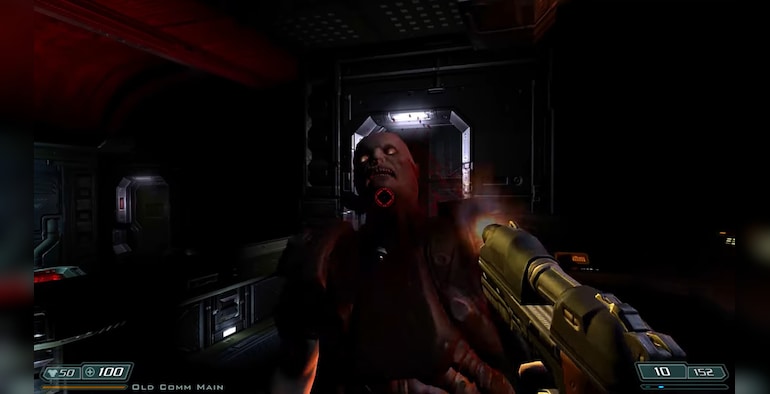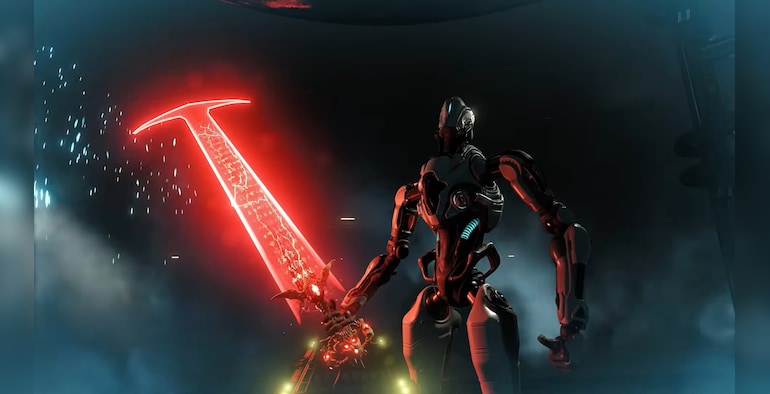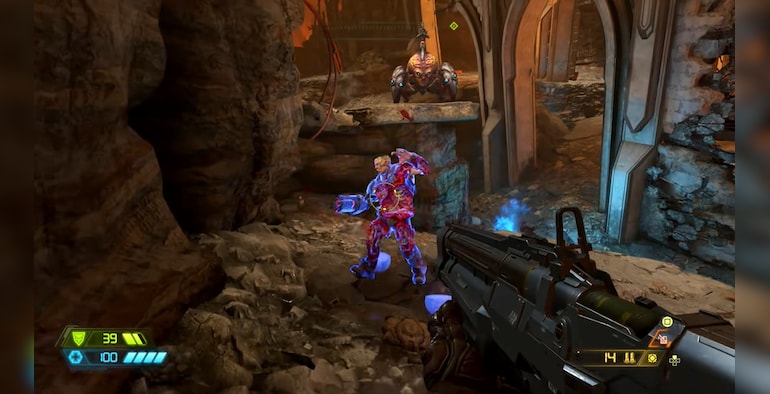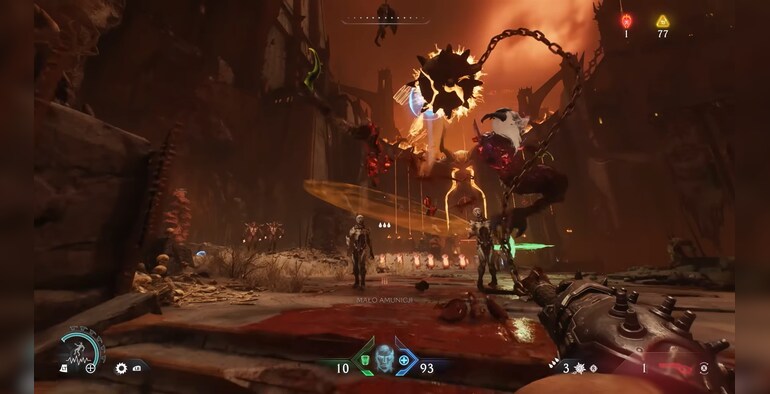The game, famous for running even on a pile of moldy potatoes, evolved over the years to bring us a brand-new release: Doom: The Dark Ages. But to understand the phenomenon of this video game series, we first must take a peek into its past!
The original Doom launched in 1993 and quickly became one of the most influential video games ever. Although the FPS genre already existed, the title set a new standard for what players could expect from a shooter game. It had revolutionary 3D graphics, immersive sound effects, fast-paced gameplay, and a healthy dose of violence, which, in the long run, proved to be the perfect recipe for success.
- Doom Series – The Evolution of Hell’s Greatest Slayer
- Evolution Through the 90s and Early 2000s: Doom II, Final Doom, and Doom 64
- Doom 3 – A New Era of Survival Horror
- The Legendary Reboot – Doom (2016)
- Doom Eternal – The Slayer Ascends
- Upcoming Glory – Doom: The Dark Ages
- Impact on Gaming Culture
- Conclusion – Doom Never Dies, It Only Gets Stronger
By 1999, the title had sold an impressive 3.5 million copies! It helped popularize the first-person shooter genre, which went from being a niche alternative to becoming one of the foundations of all gaming. Isn’t that exciting? Let’s explore this Doom games list to see what happens next!
Doom Series – The Evolution of Hell’s Greatest Slayer
Evolution Through the 90s and Early 2000s: Doom II, Final Doom, and Doom 64
Doom 2: Hell on Earth, released a year later, didn’t change much regarding the overall gameplay. Many consider it the classic Doom extension, as both titles share similar mechanics and visuals. Furthermore, DOOM I and DOOM II were often available as a bundle. What sets this title apart are more expansive levels and the change in setting to Earth.
DOOM II introduced two extra episodes: TNT: Evilution and The Plutonia Experiment, combined in Final DOOM (1996). Even today, many players still argue whether Final Doom can be considered part of the main series, but opinions vary.
Another spin-off was DOOM 64, released in 1997. Many fans don’t consider it part of the official Doom storyline because it was developed by Midway Games instead of id Software. However, its situation has changed with the release of this year’s Doom: The Dark Ages, as the latter is set directly after the events of Doom 64.
In this way, the title acts as a narrative link between those iconic installments and the brand-new releases. And while the plot has never played a crucial role in the series, it’s nice to see all the entries come together to create a coherent story.
Doom 3 – A New Era of Survival Horror
As the first reboot in the series, Doom 3 ignores the events of previous installments. Instead, the game features significantly less action and a slower pace with a greater focus on narrative. Quite a bold move, considering players loved the previous games for the opposite!
But why is DOOM 3 worth reviewing today? Well, the title moved away from the classic FPS gameplay to focus on delivering a revolutionary survival horror experience. The developers wanted players to truly fear the hordes of hellish demons rather than see them as another enemy to eliminate. For this reason, Doom 3 remains known as the misunderstood masterpiece of the series.
The Legendary Reboot – Doom (2016)
DOOM from 2016 represents a return to the series’ origins. On the one hand, the title combines the spirit of first-person shooters from the 90s with even more intense gameplay. On the other hand, there are more complex levels, secrets, the famous Glory Kills, and modern visuals. It’s also the first part in which the playable hero is finally officially referred to as the Doom Slayer, as we previously knew him under the fan-made name Doomguy.
It’s quite an interesting twist in the franchise’s history, suggesting the creators finally let us learn more about the character’s backstory. As the more detailed story exposition in Doom from 2016 suggests, that was the plan for future releases.
Doom Eternal – The Slayer Ascends
Knowing the above, guess what players discovered in the next installment – DOOM Eternal. Yes – more story! While the gameplay is even more fast-paced and acrobatic, details about the series’ lore await us at every turn.
Players don’t have to understand what they mean to enjoy the brutal fun. Still, the quantity of this information intrigued many long-time Doom fans, starved for details about their beloved universe and silent hero.
Upcoming Glory – Doom: The Dark Ages
In contrast to the fast-paced, acrobatic combat of Doom Eternal, Doom: The Dark Ages focuses on melee-heavy and brutal battles with the use of the brand-new Shield Saw. But what makes it unique in the series is the new look at the Doom Slayer through his experiences, motivations, and backstory. The Dark Ages is the long-awaited, direct narrative prequel to Doom (2016) and Doom Eternal, explaining the plot holes we experienced in previous installments.
Moreover, the brand-new title unfolds within a quasi-medieval setting, which lets the developers unleash their creative potential by introducing new weapons, mechanics, and story bits. It’s still the classic Doom we loved in 1993, but with all the tools to make it the most revolutionary in the series.
Impact on Gaming Culture
Although Wolfenstein 3D was the first representative of the first-person shooter genre, Doom gave it a unique style and memorable atmosphere, so much so that many FPS enthusiasts used to refer to first-person shooters as Doom clones!
Furthermore, online competition, the modding community, e-sports, and the concept of Deathmatch might look completely different today if not for the Doom series. The franchise quickly found its way into pop culture, influenced the FPS genre as we know it today, showed that balanced gameplay is what players desire most, and never abandoned its principles, constantly developing them over the years.
Conclusion – Doom Never Dies, It Only Gets Stronger
Doom is an example of a series that has reinvented itself while maintaining its iconic identity. Each installment introduces improved combat mechanics, weapons, enemies, levels, and atmosphere. Still, they all resemble a game that fans loved back in 1993! Instead of burdening its players with the responsibility for following a story, it hands them mighty weapons to let them lose themselves in a killing spree within levels that tell that tale. There is no complex narrative, realistic physics, or branching dialogue options. Instead, it gives us the sheer fun of blasting hellish spawns. And that’s where its enduring strength lies – in a pure simplicity capable of surviving every technological and ideological shift in gaming. To summarize – rip and tear until it’s done!


